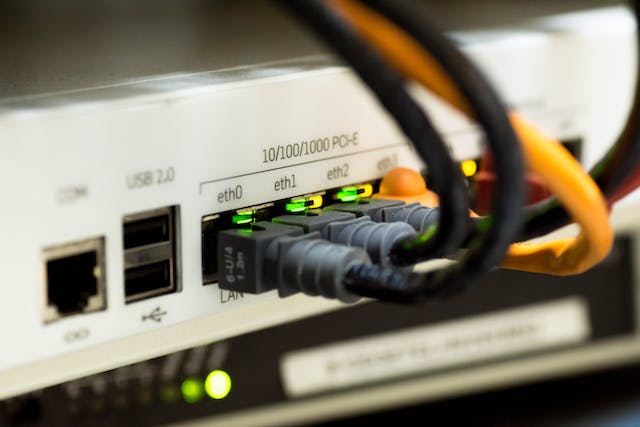In the 1990s, AOL and other companies started to supply homes with dial-up internet services. Across Europe, the US, and many other regions, and the internet became accessible from home.
By the mid-2000s, dial-up was no longer compatible with the demands of consumers, and modern websites had become more complex and needed faster speeds than dial-up could provide.
In the US in 2020, the average speed was 42.86 Mbps. Though this can’t touch the tiny island of Jersey’s incredible 274.27 Mbps, it is far ahead of the world’s slowest internet speeds. The unlucky inhabitants of Turkmenistan have to settle for a paltry 0.5 Mbps. It would be highly unlikely you could Netflix and chill in Turkmenistan, even if the streaming giant wasn’t already blocked.
Today, 93% of Americans use the internet. It is taken for granted by younger generations and is used for work, education, and recreation. 75% of homes in the US have high-speed broadband too. Yet, millions of Americans are still missing out on internet connection access.
The US Census Bureau reports that around 60 million inhabitants of the states live in rural areas such as Kentucky. This large percentage of the population struggles to receive internet access or workable speeds.
Why are rural areas such a challenge for internet providers?
There are several reasons why people in rural areas have problems with internet access, and the service providers face many challenges to rectify this issue.
Lack of coverage
The most obvious problem is a lack of coverage. People living in small clusters make it difficult for internet providers to provide adequate access. It could be that these areas receive no coverage at all or only 2G.
Developers spend a lot of time to ensure websites meet quality metrics such as speed and loading times. All this is irrelevant for those who don’t have any internet access at all though.
One reason for lack of coverage is the cost involved and potential profits.
Economics
Some internet providers may have weighed up the costs of providing coverage for rural areas with limited potential customers against future profits. It could be that these providers have not found it financially viable to invest in rural areas.
The USDA has set targets to bring internet access to these rural areas and is providing investment. Some internet providers have also seen the benefits of helping populations in rural areas to gain high-speed access.
Providers such as Broadlinc are busy installing more towers to bring 24 Mbps broadband to Kentucky. Other providers are also at work in other rural areas.
With little competition, the first broadband providers in these rural areas will likely secure a loyal customer base.
What is Kentucky’s internet service like?
There has traditionally been a limited number of internet providers in Kentucky, and coverage is patchy, to say the least. Now there are dozens of providers to choose from in the urban areas, but much less for rural dwellers.
AT&T promises speeds of up to 75 Mbps in certain parts of Kentucky, but overall the story is somewhat different. As of this year, Kentucky ranks 30th overall in the states for coverage, speed, and availability. 1 in 10 Kentuckians cannot access broadband.
About 25% of people in rural areas lack high-speed internet. Over 30% of the population of tribal areas have the same concerns. In total, 6% of the US population can still not achieve minimum download speeds of 25 Mbps.
If you are in rural Kentucky, are there ways to increase your bandwidth?
Changing providers is the normal step to increasing WiFi speed, but you may be limited in choice if you are in a rural area. Incredibly, 7% of the population of the US does not access the internet ever. But, this is through choice. It is far more frustrating to have internet access but find it too slow.
One option may be to use a VPN. A VPN can improve security, but it could also help you speed up your internet access. By and large, you will find that VPNs will slow you down when you are online, even the best ones. This is because a VPN adds a certain amount of extra steps such as encryption before you can access the net.
However, in particular circumstances, a VPN may help you improve download times. You may find that your ISP is choking your internet speeds. Often this is done because a user has been streaming or downloading too much. But, you could find that your ISP has throttled your speeds due to your location.
A VPN can sometimes help you to bypass the ISP’s throttling of your bandwidth, and therefore speed things up. If you are in rural Kentucky with slow speeds, you may just need to wait until better coverage arrives sadly.
Summary
All rural areas in the US pose problems for consumers and internet service providers. Investment needs to be made by the government, and ISPs to bring better coverage to the millions of inhabitants without access today.
Workers in rural areas also need high-speed internet, and local economies can improve through broadband. Fortunately, the USDA and some forward-thinking ISPs are installing more towers and fiber to bring broadband into Kentucky and other rural areas now.

